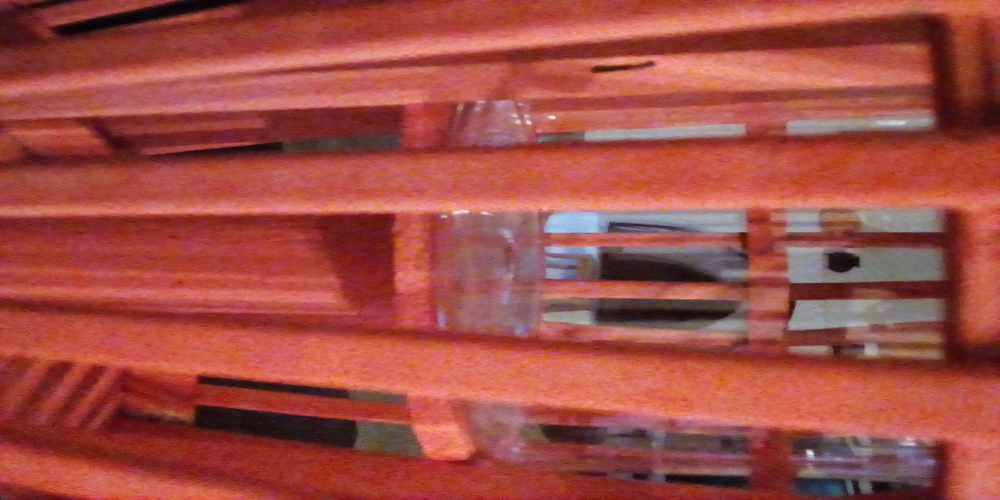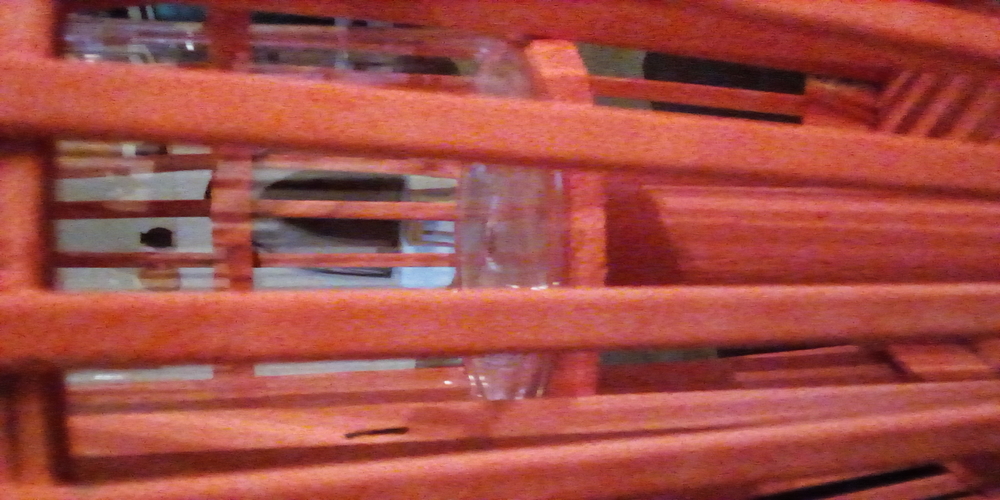Spring 2022
Applied Partial Differential Equations
Section 2
- When: Mondays, Wednesdays and Fridays from 1pm to 1.50pm
- Where: BIOW building, room 237.
Material
- Properties of partial differential equations and techniques for their solution: Fourier methods, Green's functions, numerical methods.
Material covered
- Lecture 1 (1/12) Chapter 1 - Introduction: multivariate derivatives, integrals and notation
- Lecture 2 (1/14) Chapter 1 - Introduction: PDEs
- Lecture 3 (1/19) Chapter 2 - Conservation and dissipation principles for PDEs: modeling through conservation laws
- Lecture 4 (1/21) Chapter 2 - Conservation and dissipation principles for PDEs: conserved and dissipated quantities
- Lecture 5 (1/24) Chapter 3 - Linear algebra and application to PDEs
- Lecture 6 (1/26) Chapter 4 - Separation of variables: separation principle, wave equation example
- Lecture 7 (1/28) Chapter 4 - Separation of variables: wave equation example
- Lecture 8 (1/31) Chapter 4 - Separation of variables: diffusion equation example
- Lecture 9 (2/02) Chapter 4 - Separation of variables: Laplace equation in polar coordinate example
- Lecture 10 (2/04) Chapter 4 - Separation of variables: qualitative properties
- Lecture 11 (2/07) Chapter 4 - Separation of variables: inhomogeneous equations or side conditions
- Lecture 12 (2/09) Review
- Midterm 1 (2/11)
- Lecture 13 (2/14) Chapter 5 - Fourier series: definitions
- Lecture 14 (2/16) Chapter 5 - Fourier series: convergence
- Lecture 15 (2/18) Chapter 5 - Fourier series: continuity
- Lecture 16 (2/21) Chapter 5 - Fourier series: term-by-term differentiation
- Lecture 17 (2/23) Chapter 5 - Fourier series
- Lecture 18 (2/25) Chapter 6 - Higher dimension: problems with 3 independent variables, Laplacian operator
- Lecture 19 (2/28) Chapter 6 - Higher dimension: eigenvalues
- Lecture 20 (3/02) Chapter 6 - Higher dimension: boundary conditions
- Lecture 21 (3/04) Chapter 6 - Higher dimension: eigenfunctions on a disk
- Lecture 22 (3/14) Chapter 6 - Higher dimension: eigenfunctions on a disk
- Lecture 23 (3/16) Chapter 7 - Green's functions: delta function and distributions
- Lecture 24 (3/18) Chapter 7 - Green's functions: distributions and derivatives
- Lecture 25 (3/21) Chapter 7 - Green's functions: higher dimension
- (3/23) Review
- Midterm 2 (3/25)
- Lecture 26 (3/28) Chapter 7 - Green's functions: fundamental property
- Lecture 27 (3/30) Chapter 7 - Green's functions: 1D problems
- Lecture 28 (4/01) Chapter 7 - Green's functions: Practice examples
- Lecture 29 (4/04) Chapter 7 - Green's functions: using symmetry
- Lecture 30 (4/06) Chapter 7 - Green's functions: inhomogeneous boundary conditions
- Lecture 31 (4/08) Chapter 7 - Green's functions: higher dimension
- Lecture 32 (4/11) Chapter 8 - Fourier transform: introduction, basic properties
- Lecture 33 (4/13) Chapter 8 - Fourier transform: divergent integrals, ODEs on the real line
- Lecture 34 (4/15) Chapter 8 - Fourier transform: PDEs
- Lecture 35 (4/18) Chapter 8 - Fourier transform: Fundamental solutions for time-dependent problems
- Lecture 36 (4/20) Chapter 9 - Linear wave equations: First order equations
- Lecture 37 (4/22) Chapter 9 - Linear wave equations: Second order equations
- Lecture 38 (4/27) Chapter 10 - Method of characteristics: Linear equations
- Lecture 39 (5/02) Chapter 10 - Method of characteristics: inhomogenous Linear equations
- Lecture 40 (5/04) Chapter 10 - Method of characteristics: Quasi-Linear equations
Topics to be covered
- Preliminaries, Deriving PDEs from conservation laws
- Linearity and linear operators
- Separation of variables with two variables
- Higher dimensional problems
- Distributions and Green’s functions
- Green’s identities, representation of solutions
- Poisson’s equation, method of images
- Fourier transforms, source functions
- Wave equations in 1-D, d'Alembert's solution
- Characteristics, quasi-linear transport equation, shock waves
- Dispersion relations, linearization, stability
- Symmetry and similarity solutions
To contact me
Spring 2022
- To borrow technology here.
- IT resources for internet here.
- Face covering expectations here.
- Emergency fund for students here.
For students
- Textbook and webassign access through D2L, FAQ here.
- IT checklist here
- Campus map here.
- Campus Health here.
- Academic advising here.
- Dean of students Office here.
- Dep. of Math. scholarships here.
- Getting started at the Library here.
- Library resources: Write and Cite here.
For instructors
Frequent Questions
1. Where can you find more about this class?
- Our section: On D2L, connect with your NetID here.
2. What will you find here?
A list of material covered in class, useful links, and more.


